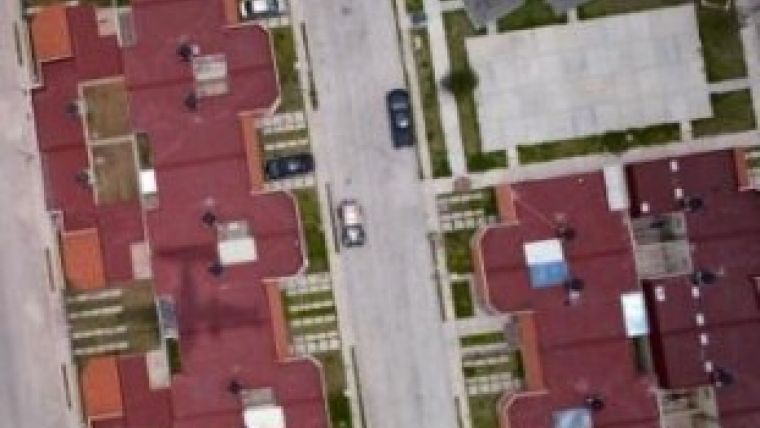MMT2015 Extends Abstract Deadline
The 9th International Symposium on Mobile Mapping Technology (MMT 2015), to be hosted by the School of Civil and Environmental Engineering, UNSW Australia, will take place in the harbour side city of Sydney, Australia, from Wednesday 9 to Friday 11 December 2015. The organisation has extended the deadline for abstracts, industry case studies and panel discussions to 6 August.
Over the past 20 years, the MMT Symposium has been the primary event jointly sponsored by the International Society of Photogrammetry and Remote Sensing (ISPRS), International Association of Geodesy (IAG) and the International Federation of Surveyors (FIG). In addition, for the first time, another two major international organisations, the International Society of Mine Surveying (ISM) and the International Cartographic Association (ICA), Australia’s Surveying and Spatial Sciences Institute (SSSI), and Spatial Industries Business Association (SIBA), Australian Robotics and Automation Association (ARAA), as well as Australian Network of Structural Health Monitoring (ANSHM), have also offered the official sponsorships to the MMT2015.
The MMT-2015 will be an open forum to discuss the most recent technologies and their applications, to exchange experiences and to promote future research aiming at technological advancement and improved professional practice in the fields related to mobile mapping.
The Symposium will feature the keynote speakers, oral and interactive poster sessions, industry panel discussions, technical case studies; pre-Symposium workshops and a trade exhibition, as well as a variety of entertaining social events.
Call for Abstracts
The MMT2015 Symposium is soliciting abstracts on a wide range of mobile mapping and applications related topics including, but not limited to:
- Historical Developments, Current Status and Future Trends; Educational Aspects;
- UAV/UAS Photogrammetric Mapping; Geo-referenced Street and Coastal Views;
- Feature Extractions; Personal and Pedestrian Navigation;
- Semantic Interpretation in Mapping; Image Sequence Analysis;
- Real-Time Mapping Technology and Applications;
- Indoor/Outdoor Positioning and Mapping; Simultaneous Localization and Mapping (SLAM);
- Inertial Sensors and Error Modelling; Sensor Integration;
- Terrestrial, Mobile and Airborne Lidar Systems;
- 3D Flash Lidar and 3D Cameras; Smart Phones for Positioning, Mapping and Navigation;
- Precise GNSS Positioning and Navigation; Geodetic Datum/Reference Frames;
- Standard Testing Procedure and Best practices for Mobile Mapping Systems;
- Mobile Mapping for:
Modern Cadastral Systems; Local city council land and environmental managements; Geographic Information System (GIS); Building-Information Models (BIMs); Construction Automation; Infrastructure Engineering; Intelligent Transportation Systems (ITS); Autonomous Driving; Mining Operations; Precision Farming; Rapid Disaster Relief and Monitoring Applications; Subsurface Utility Mapping; 3D Landscape and City Modelling; Geo-referenced Street and Coastal Views, Reality-Based 3D maps, Location-Based Services (LBS); Structural Health Monitoring (SHM).
For more information visit the MMT2015 website.

Value staying current with geomatics?
Stay on the map with our expertly curated newsletters.
We provide educational insights, industry updates, and inspiring stories to help you learn, grow, and reach your full potential in your field. Don't miss out - subscribe today and ensure you're always informed, educated, and inspired.
Choose your newsletter(s)












